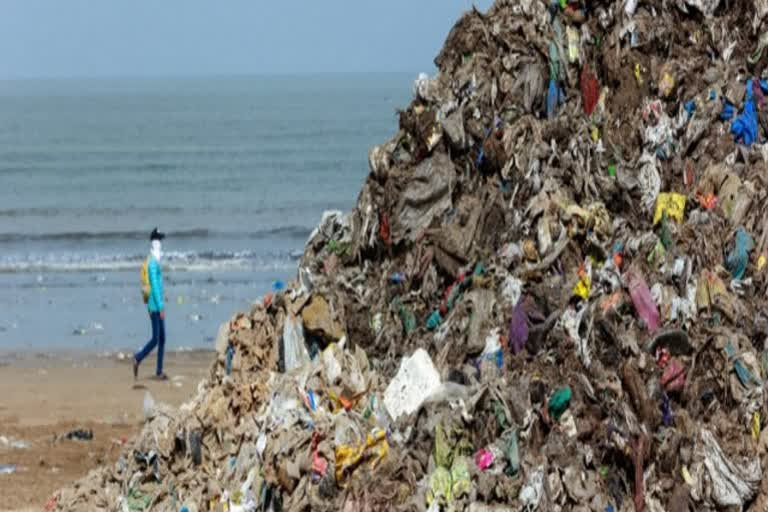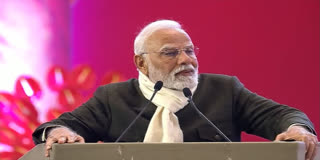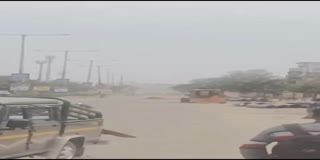Use of plastic increases despite awareness about its toxic effects
With the increasing use of plastic and its environment-related concerns, it is high time that the government of India formulates effective strategies for collection, transportation and disposal of urban and rural wastes.

Hyderabad: Plastic has become an inseparable part of our lives. Despite repeated warnings from experts about its toxic effects, the use of plastic has only been on the rise.
Durability, availability, low cost and maintenance are the primary reasons for the rapid increase in plastic products in the market. By 2030, India’s urban population is projected to increase to 60 crores from the actual 38 crore.
There will be a consequent pile up in municipal solid waste. Supply of goods and services is shooting up in accordance with population demands. At a time when air, water and soil are polluted due to human actions, a check on plastic is inevitable. Heaps of plastic waste is posing a threat to animal and plant species too. As a part of Swachh Bharat 2.0, the Centre has placed special emphasis on tackling the menace of plastic waste.
As per the Central Pollution Control Board’s annual report for 2017-18, India generates about 26,000 tons of plastic waste per day. 70 percent of packaging products are immediately turning into plastic waste. They pollute the surrounding soil, seep into groundwater and devastate ecosystems. Less than 10 percent of the total plastic waste nationwide is getting recycled. Plastic bottles can take 450 or more years to decompose in landfills. Every year, 80 lakh tons of plastic waste is dumped into waterbodies worldwide. It is estimated that 15 crore tons of plastic has accumulated in seas and rivers. By 2050, the oceans may contain more plastic than fish. Several studies showed heavy amounts of plastic in drinking water in our country. Shockingly, plastic traces were found even in the plasma samples of neonates. There is an increasing incidence in cancer, hormonal imbalances and cardiac ailments due to microplastic pollution.
READ: Nearly 400 railway stations serving tea in Kulhad to make India plastic-free
In exercise of the powers conferred by sections 6, 8 and 25 of the Environmental Protection Act 1986, the Plastic Waste Management Rules 2015 were published by the Government of India in the Environment, Forest and Climate Change. These norms apply to waste generators, local bodies, village councils, producers, importers and brand owners. According to the revised rules, products made of recycled plastic should not be used for storing, carrying or packaging. Carry bags made of virgin or recycled plastic should not be less than 50 microns in thickness. The central government has called for a phased regulation of single-use plastics by 2022. Many states have already banned disposable plastics. Plastic bags, cups, plates, small bottles and straws should no longer be produced or used. The Khadi and Village Industries Commission is manufacturing bamboo and earthen clay tumblers to replace plastic glasses. With such eco-friendly initiatives, the government is giving a boost to rural employment too.
According to an ASSOCHAM-EY joint study, India’s packaging industry is the largest consumer of plastic during 2019-20. The United Nations Environment Program has outlined 10 guidelines followed by 60 countries. The Government of India must formulate effective strategies for collection, transportation and disposal of urban and rural wastes. Plastic collection centers should be set up across all towns and cities. Research to develop new products from plastic waste must be encouraged and funded. Besides environmental conservation, plastic recycling and allied industries can create employment opportunities. Although India’s plastic regulations have been in existence for years now, their implementation is still lackluster. Politicians and leaders need to abide by a committed strategy to put an end to the plastic hazard. In addition, public awareness and participation are tantamount.






